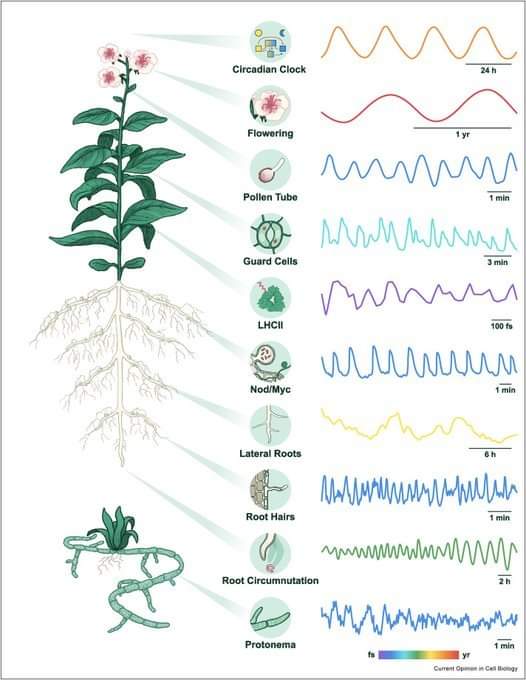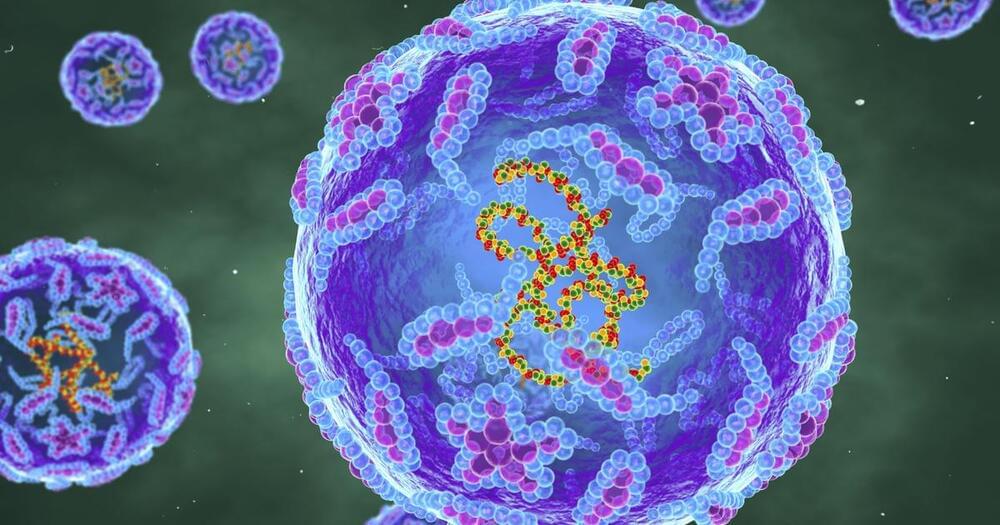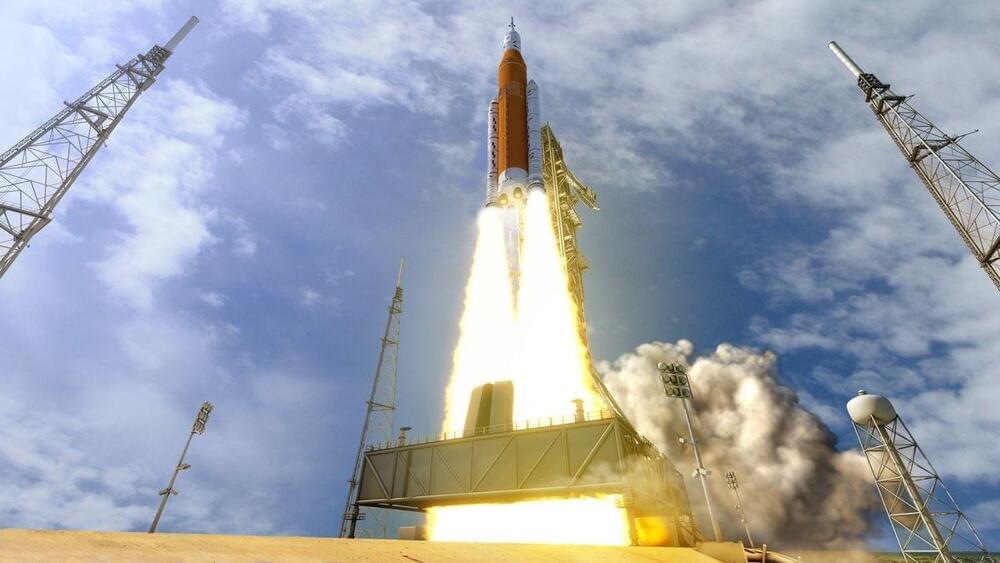“Hello, we’ve been trying to reach you about your car’s extended warranty.” After years of seemingly unstoppable scam robocalls, this phrase is embedded into the minds of many of us. Last month the Federal Communications Commission (FCC) announced it was ordering phone providers to block any calls coming from a known car warranty robocall scam, offering hope that U.S. phone users may hear that all-too-familiar automated voice a little less often.
But there is more work required to crack down on these calls. After all, car warranty warnings are only one type of scam. To understand how robocallers reach us, and why it’s so hard to stop them, Scientific American spoke with Adam Doupé, a cybersecurity expert at Arizona State University.
[An edited transcript of the interview follows.].








